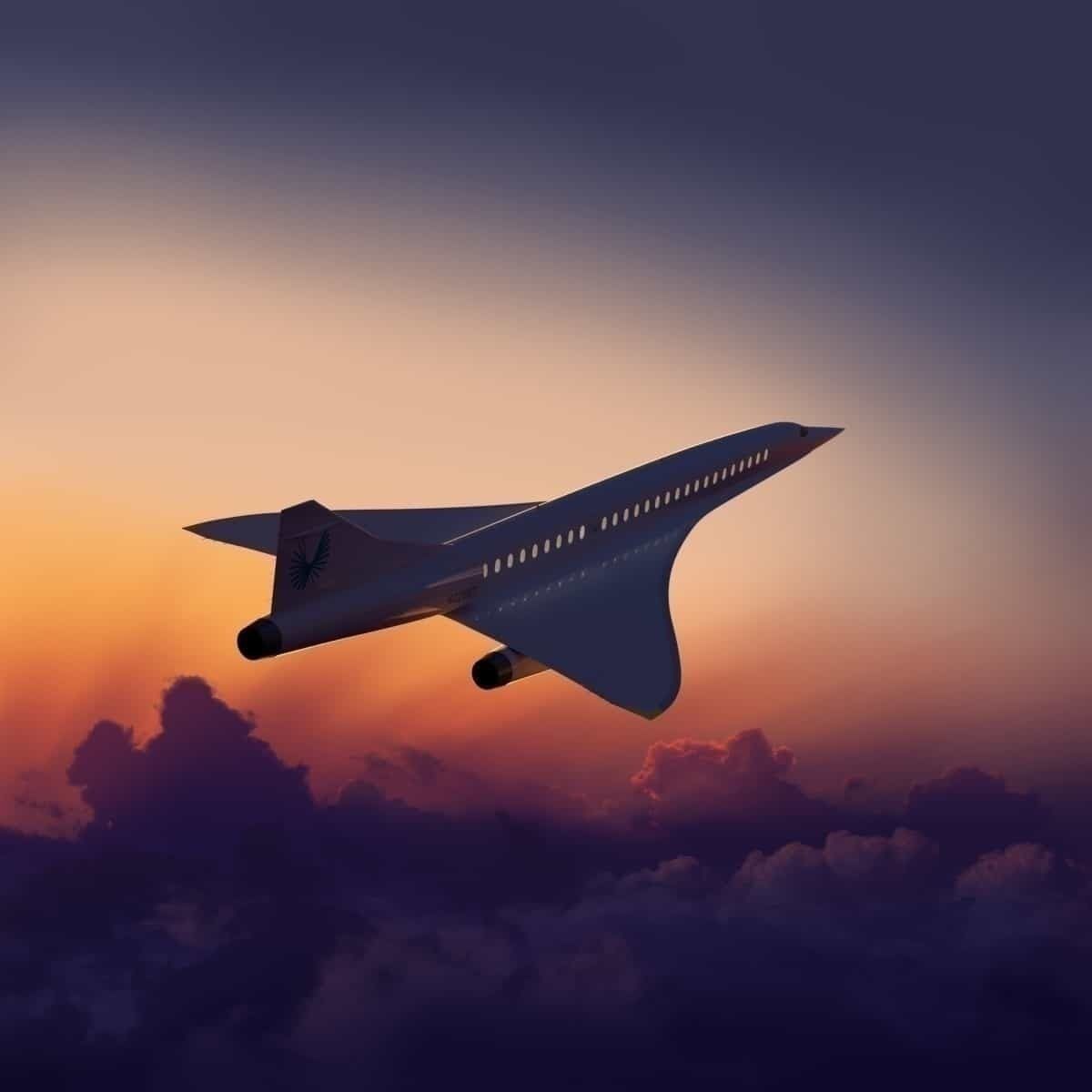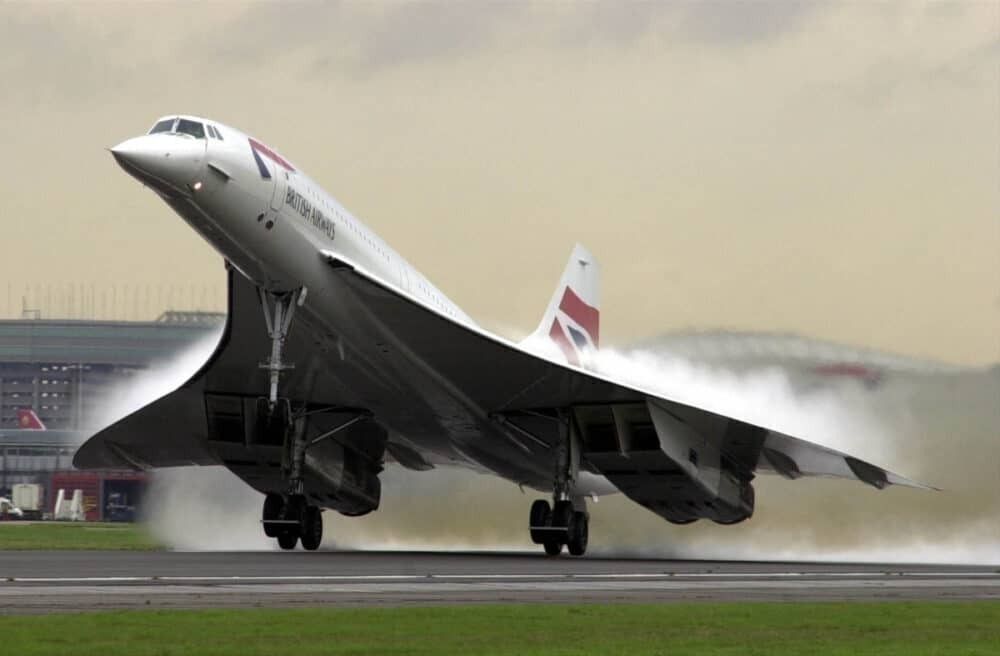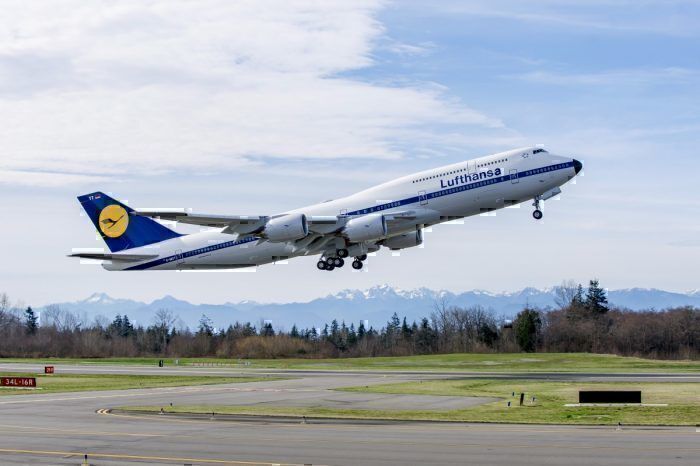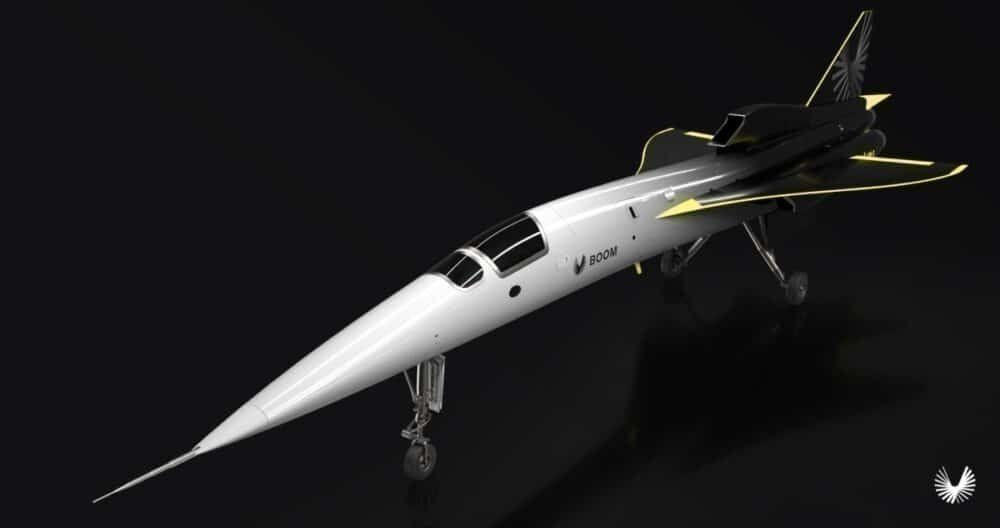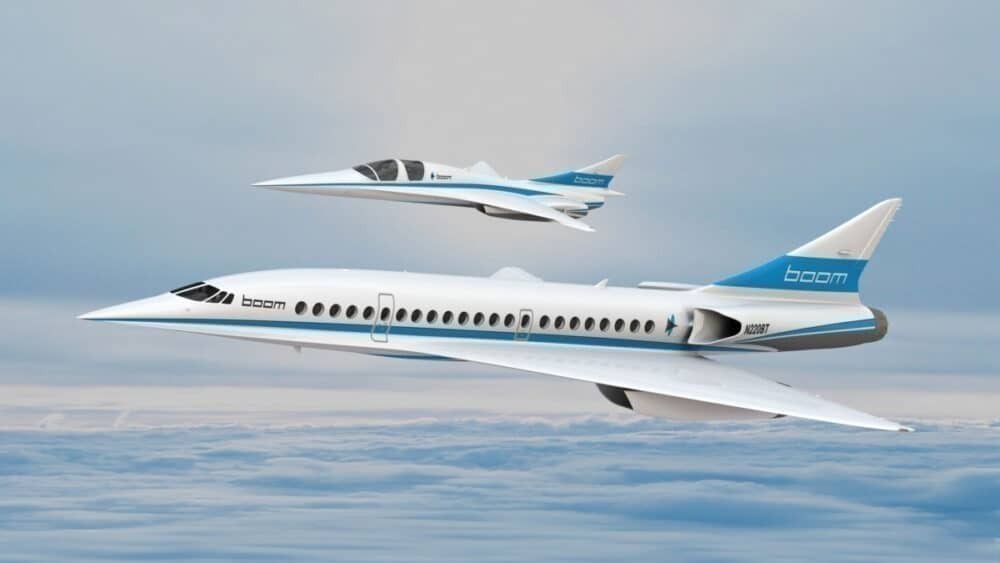At the peak of the supersonic era, passenger jets raced across the sky at over twice the speed of sound. While today we have to settle for cruising speeds just over 1,000 km/h, one company intends to have us back breaking the sound barrier within five years. And if Boeing's R&D department has its way, by 2050 planes will do London to New York in as little as two hours.Much has happened since the first airspeed was estimated on December 17th, 1903. The very first flight, lasting 12 about seconds and 37 meters, was believed by the Wright brothers to have reached a speed of 50 km/h.Fast forward about half a century, and the height of the Cold War and the space race also saw a rivalry between East and West for the fastest passenger aircraft on Earth.
Stay informed: Sign up for our daily aviation news digest.
TU-144 vs. Concorde
While there seems to be some discussion as to which of the previous supersonic commercial aircraft to grace the sky was actually the fastest, the generally accepted figures put the Soviet-built Tupolev TU-144 ahead of the Concorde. The Russian version also beat the British-French model to the supersonic punch.
The TU-144 first took flight on New Year's Eve 1968, a few months before its Western counterpart. It had a maximum speed of Mach 2.29 (2,430 km/h) but normally averaged around Mach 1.6. "Normally" is a relative term, as the glory days of the TU-144 were short-lived.
The aircraft was retired from passenger service in 1978, merely a year after performing its first passenger flight for Aeroflot. By then, it had completed only 55 passenger flights, but it had also been involved in two fatal accidents.
One occurred at the Paris Air Show in 1973, the cause of which is still unknown. The other happened during a test flight in Russia in 1978, due to a ruptured fuel line. The latter was the main reason for the plane being deemed as unsafe for passenger travel.
It did remain active beyond that as a training aircraft for pilots of the Buran space shuttle, and as a research aircraft for NASA on high-altitude atmosphere radiological conditions. The TU-144 conducted its final flight in June 1999.
Its supersonic rival, the legendary British-French Concorde, had a much longer life-span as a commercial passenger plane. Entering service in January 1976, it had a top speed of Mach 2.04 (2,180 km/h) at cruise altitude. It exited in 2003, having had one fatal accident three years prior when Air France flight 4590 crashed just after taking off from Paris-Charles de Gaulle.
Fastest birds in the sky today
The two supersonic aircraft once available to passengers are not in service anymore, the fastest one after a blink-and-you'll-miss-it kind of career. And the one that is expected is still some years out (more on that further down). So what are the subsonic heroes of today?
The fastest passenger aircraft in service today is the Boeing 747-8i, also known as the 747-8 Intercontinental. This model of the Queen of the Skies has a top speed of Mach 0.86. Unfortunately, it is not that easy to catch a ride on one as she is only in service with three airlines - Lufthansa, Korean Air, and Air China.
Its sibling, the 747-400 clocks in at Mach 0.855, making it the second-fastest passenger jet still flying.
The super-jumbo, Airbus' A380, comes in at third spot, with a cruising speed of Mach 0.85. A place and speed it shares with Boeing's 787 Dreamliner. The 777 falls just short, with Mach 0.84.
The next generation: Boom Supersonic
But all that is set to change with the unveiling of a new demonstrator jet this October. In a year that has been basically all black for commercial aviation, could we also witness a giant leap forward in terms of technological advancement, connectivity, and a more democratic access to supersonic travel? That is what Boom Technology, an American start-up company, would like to see.
Its much-anticipated Boom Supersonic aircraft is described as the next generation of supersonic travel. While the XB-1 demonstrator will roll out in October 2020, its first flight is scheduled to take place in 2021.
The XB-1 demonstrator is supposed to be a one-third sized version of the actual plane. This is set to be introduced in 2025, be called Overture, seat 55 passengers, and have a top speed of Mach 2.2 (or 2335 km/h). Of course, it still won't beat the Tu-144 for the record.
Meanwhile, this means it will be able to fly from Tokyo to Seattle in 4 hours and 30 minutes. Or from Paris to Montreal in 3 hours and 45. It is also designed as a trijet, meaning it has three engines (called ramjets) powering its breakneck speed across the skies.
The company says that its aircraft will make supersonic air travel the new norm for anyone flying business class, with a seat-mile cost similar to the same product on subsonic jets.
However, while the plane will have the range for nonstop transatlantic crossings, it will not be able to make longer transpacific routes without stopping to refuel. Its manufacturers claim that passengers will not even notice the breaking through the "sound barrier," as it will maintain subsonic cruising speeds when over land.
Boeing preparing for Mach 5 speeds
Boeing has plans to create a passenger jet faster than anything civilian aviation has ever seen. It would have a speed of five times that of sound, or close to 6,000 km/h. This means a flight between London and New York would take around two hours. But it wonät be rolling out of the factory any time soon. Boeing hopes to have the aircraft in service sometime in the late 2040s.
Of course, until then, commercial jets are nowhere near there military counterparts in terms of speed. The Lockheed SR-71 Blackbird was a reconnaissance aircraft that had a top speed of 3,530 km/hr. Its missile evasion maneuver was basically to outfly it. This also means it would have made the stretch Bangkok to Helsinki in about two hours.

